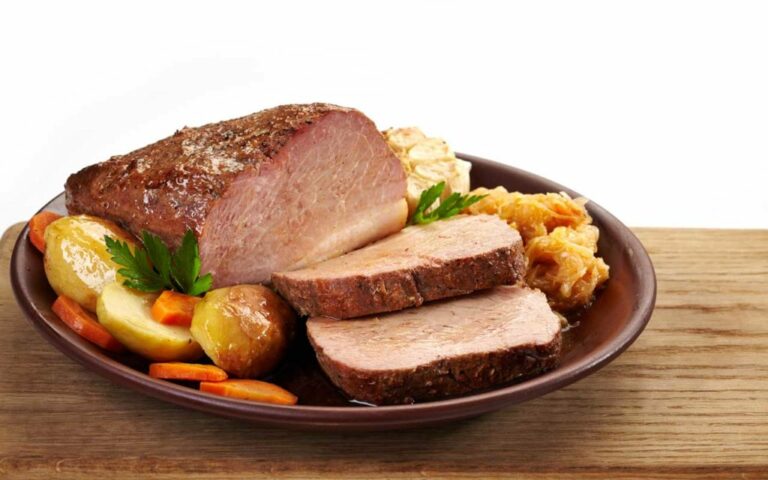Introduction: Estonian Cuisine
Estonian cuisine is characterized by its simplicity, use of fresh and seasonal ingredients, and a strong emphasis on preserving food. Due to its location between Russia and Europe, Estonia has been influenced by a variety of cultural and culinary traditions over the centuries. Estonian cuisine has its roots in ancient farming practices and hunting, but has since been shaped by a diverse range of cultural influences.
Early Food Traditions in Estonia
Early Estonian food traditions were centered around basic staples such as bread, dairy products, and fish. The harsh winter climate forced Estonian farmers to rely on preserved foods such as pickled vegetables, salted meats, and smoked fish. Traditional Estonian dishes like sült (jellied meat), verivorst (blood sausage), and kilu (salted herring) date back to the early Middle Ages and are still enjoyed today.
Medieval Influences on Estonian Cuisine
During the Middle Ages, Estonia was ruled by the Danish, the Teutonic Knights, and the Livonian Order, all of whom left their mark on Estonian cuisine. German merchants introduced new spices, such as caraway and black pepper, which are still used in Estonian cuisine today. The Teutonic Knights also brought beer brewing to Estonia, which became a staple beverage in the country.
The Impact of Swedish and German Cooking
In the 17th and 18th centuries, Estonia was ruled by Sweden and Germany. These two countries heavily influenced Estonian cuisine, introducing dishes such as pea soup and schnitzel. The German tradition of baking bread and pastries also became popular in Estonia during this time. These culinary influences can still be seen in modern Estonian cuisine.
Soviet Influence on Estonian Cuisine
During the Soviet era, Estonian cuisine was heavily influenced by Russian cuisine. Classic Russian dishes like borscht and pelmeni became popular in Estonia, and Soviet-era cafeterias served up simple, mass-produced meals. However, Estonians continued to cherish their own culinary traditions, and many traditional dishes like black bread and potato salad remained popular.
Modern Estonian Cuisine
Since the fall of the Soviet Union, Estonian cuisine has experienced a renaissance. Chefs are now experimenting with contemporary cooking techniques and using locally sourced, organic ingredients. Traditional Estonian dishes, such as kama (a mixture of different grains) and hapukapsas (sauerkraut), are being reimagined with modern twists. Estonian cuisine is now considered to be a dynamic and exciting part of the country’s culinary scene.
Estonian Cuisine Today: A Cultural Experience
Estonian cuisine is now recognized as an integral part of the country’s cultural heritage. Visitors to Estonia can enjoy a range of traditional dishes, such as sült and verivorst, at local restaurants and cafes. Many Estonian chefs are also incorporating foraged ingredients, such as wild mushrooms and berries, into their dishes. Estonian cuisine is a unique reflection of the country’s history and culture, and is a must-try for visitors to Estonia.
Conclusion: The Richness of Estonian Cuisine
Estonian cuisine is a rich tapestry of different cultural and culinary influences. From early farming and hunting traditions to the modern, innovative cuisine of today, Estonian food has evolved over the centuries to become a unique and celebrated part of the country’s cultural heritage. Whether you’re a foodie or just looking to experience the local culture, Estonian cuisine offers a taste of history and tradition that is not to be missed.

